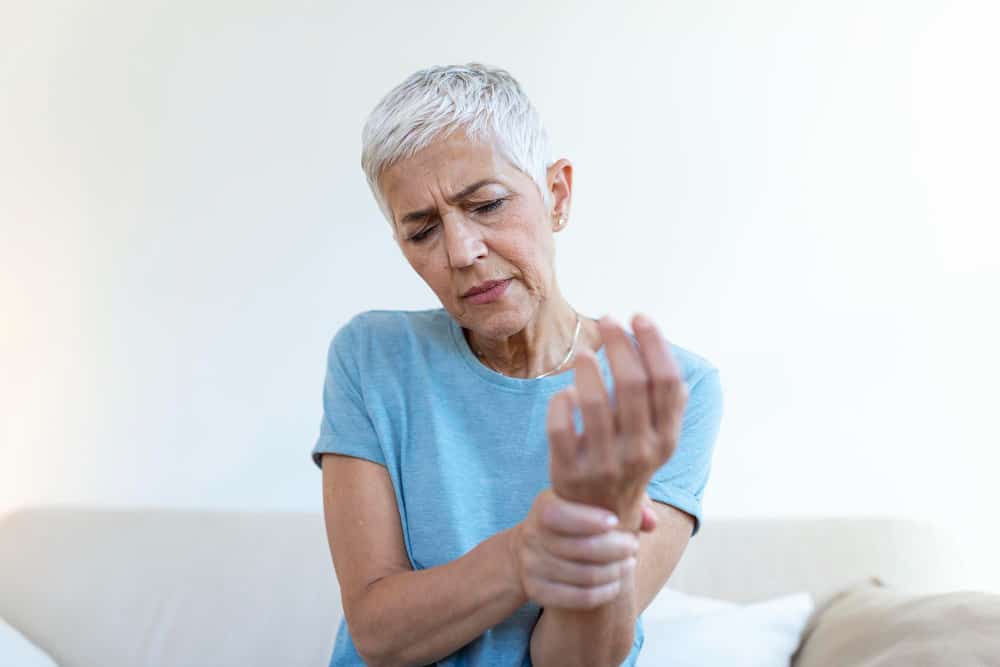6. Severe Tenderness

Severe tenderness in the affected joints is a distressing symptom of gout that can significantly affect an individual’s comfort and quality of life. This tenderness is so pronounced that even the slightest pressure, such as the touch of a bedsheet or clothing, can feel excruciating. This heightened sensitivity is due to the inflammation caused by urate crystals accumulating in the joint, which irritates and damages the surrounding tissues.
Managing this severe tenderness requires careful attention to both immediate pain relief and long-term control of gout. Applying cold packs to the affected area can reduce inflammation and provide temporary relief from tenderness. Meanwhile, medications prescribed by healthcare professionals, including anti-inflammatory drugs and uric acid-lowering agents, play a critical role in managing gout’s underlying causes. Lifestyle modifications, such as dietary changes and weight management, complement medical treatments by addressing factors that contribute to high uric acid levels. Together, these strategies aim to reduce the frequency and severity of gout attacks, thereby alleviating the severe tenderness associated with the condition.
